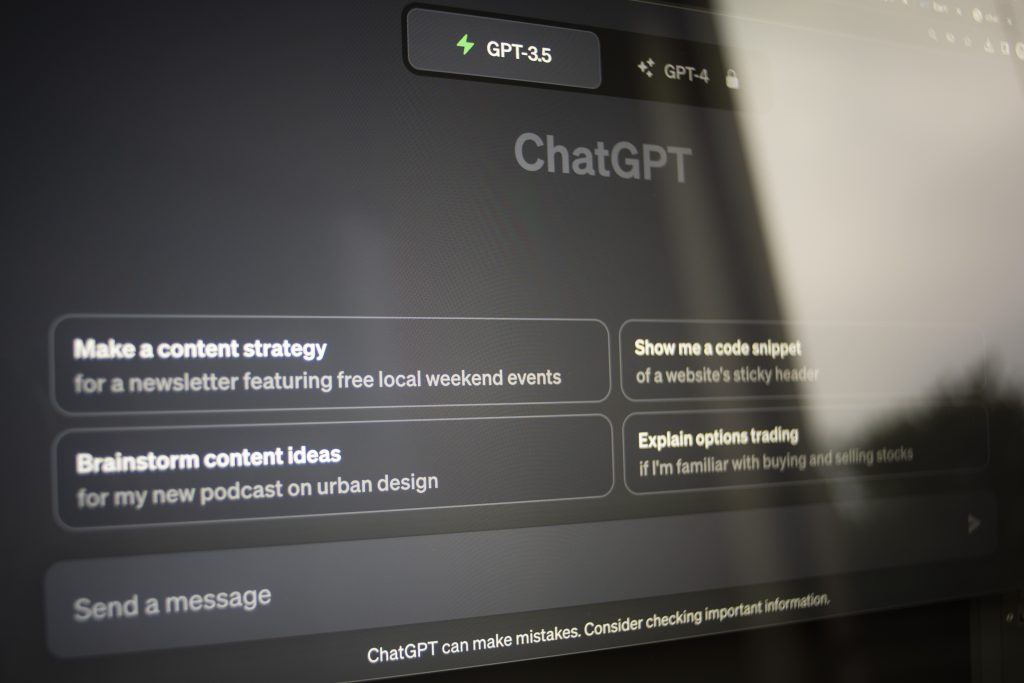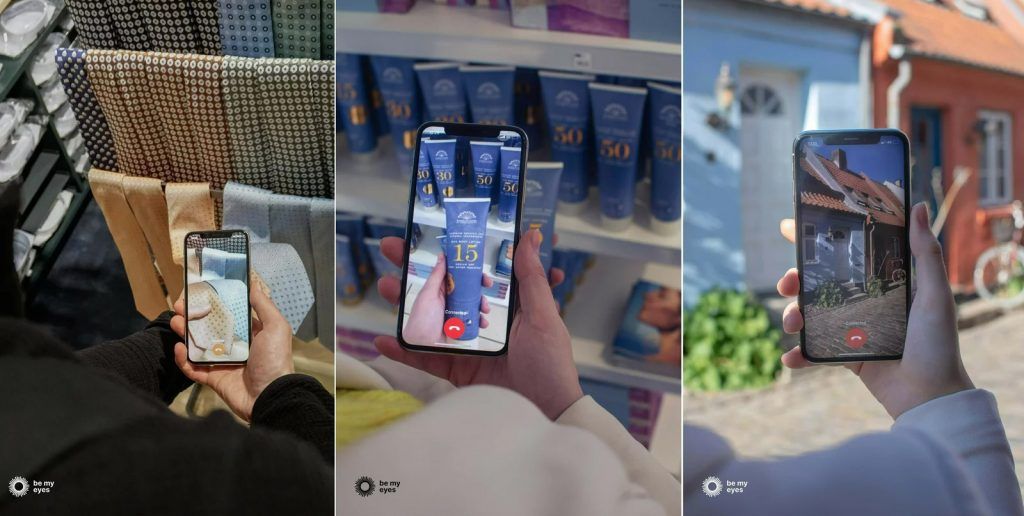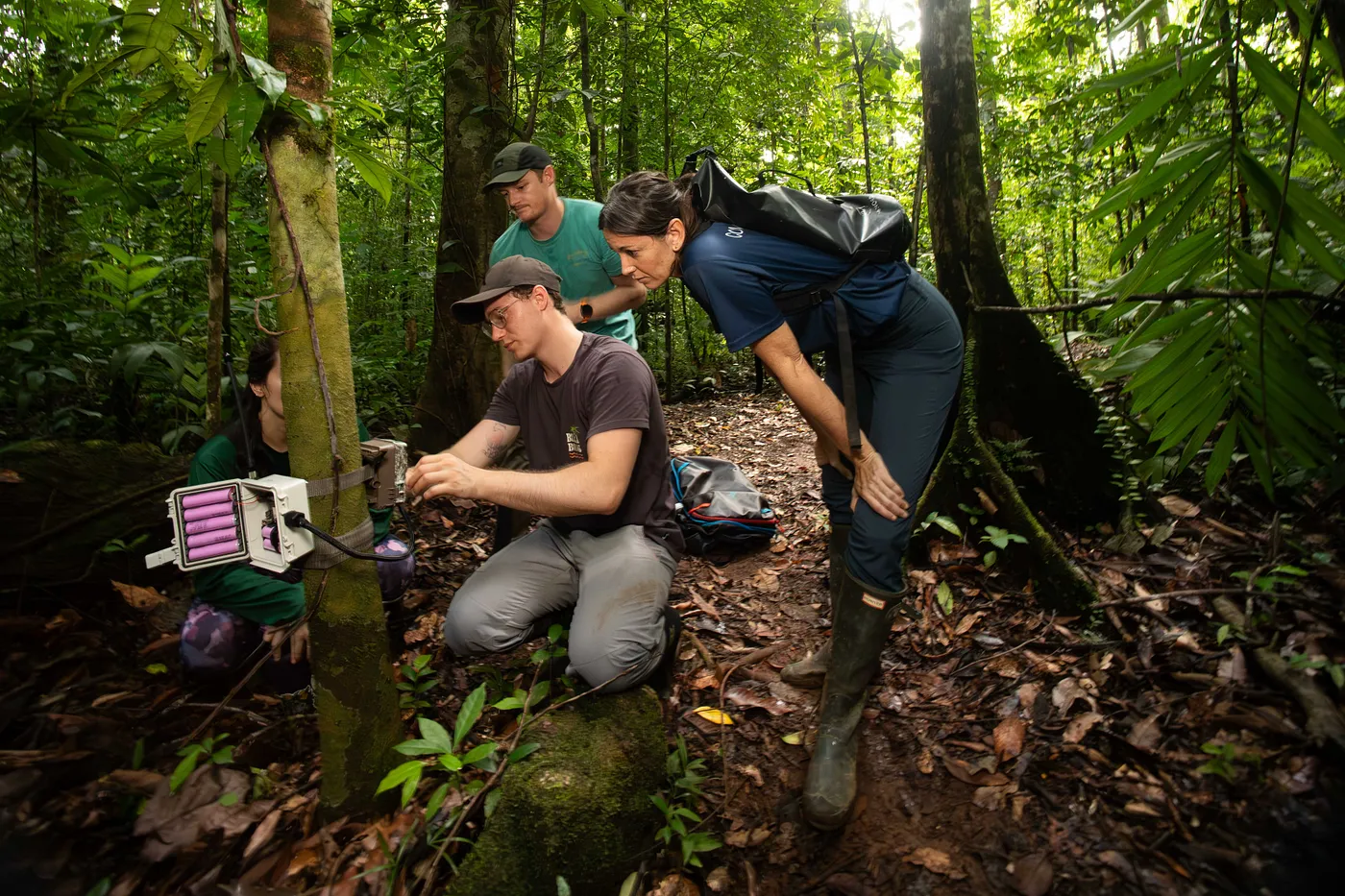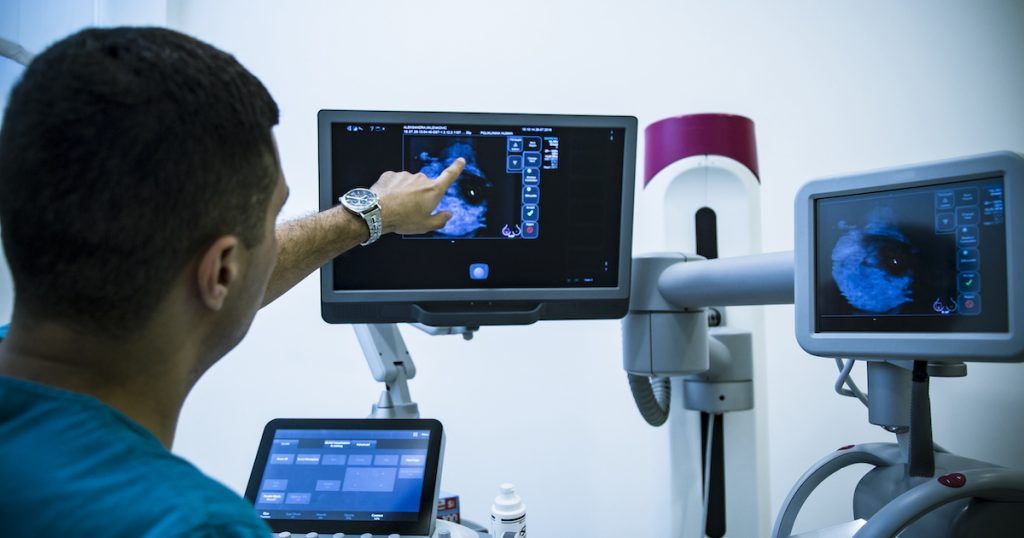AI IS BENEFICIAL TO SOCIETY AND CAN BE USED FOR GOOD
I am a strong believer that using language models and other AI systems as tools to enhance our abilities, enhance the quality of life for disabled people, and to help us discover new solutions and insights is a powerful avenue for progress and inclusivity.
The legitimately critical debate over generative AI artwork centers on a relatively small (if lucrative) market, considering the vast current and future potential of artificial intelligence, neural networks, and language models.
Rather, this technology holds the promise of ushering in invaluable changes to people’s lives. For instance, it can help the blind to see and interact with the world and can contribute to the well-being of the planet, through the use of AI in global conservation efforts.
The fears of AI echo fears of decades ago when robotic automation was brought into the workplace, and even centuries ago when the printing press was invented. However, if we learn to use the tools set before us, we can adapt them to create a magnificent outcome.

Because of OpenAI’s licensing model and its free-to-use service, ChatGPT can easily be integrated into apps and software for endless possibilities. The opportunities to enhance skills and abilities in nearly all fields of industry are staggering. At the very basic end a user can plug in their employees and create a schedule in an instant, taking the headache out of a menial task. Language translation is something deep learning networks are particularly good at, and even ChatGPT can translate language in real time, making collaboration across global boundaries seamless and easy.
Many users have found that GPT can help them comprehend difficult concepts by rephrasing and explaining things in simpler terms, or by using analogies and visuals. Engineers in the fields of aeronautics and space exploration are using deep learning and AI to design more efficient and faster jet turbine engines or completely new methods of propulsion.
Still other people are using language models and AI to bridge the gaps left by their medical or other disorders, empowering them to communicate, learn, and engage with the world in ways that were once thought impossible.

Be My Eyes and Be My AI are tools that are helping disabled people in a world that is much harder to navigate without sight. Be My Eyes is an app for smartphones that connects blind and hard-of-sight users to a volunteer who will answer any question about an image and provide instant assistance for a variety of tasks. OpenAI has collaborated with Be My Eyes to bring users Be My AI, which is a virtual volunteer that will analyze and describe an image to the user at any time, creating an invaluable tool in engaging with the world, and opening new opportunities to people.
Scientists and researchers are also harnessing the power of deep learning-assisted bioacoustics, GPS tracking, predictive modeling, DNA analysis, and image analysis, to aid endangered species in many ways.
Scientists use AI assisted bioacoustics and sound analysis to identify species of birds by their songs and monitor their populations, as well as build a comprehensive understanding of language and behavior. Such bird song analysis can serve as an early warning system for detecting environmental threats leading to more proactive conservation efforts. AI also is used extensively within fisheries and assists researchers’ studies in estimating populations and tracking movements. AI is also being applied to ecosystem modeling and simulations to aid in habitat restoration efforts.

As the new technology continues to evolve perhaps AI can even help us explain, understand, and explore the larger universe and ourselves. As it takes on increasingly more powerful, larger amounts of data, efforts such as genome analysis and universal simulations are growing more accurate and efficient. This reduces substantially the time it takes for researchers and scientists to perform studies for biomarker discovery to treat diseases or study gravitational waves millions of light years away – from years, to mere hours.

In fact, AI was implemented by drug manufacturers Pfizer and Moderna during the development of their COVID-19 vaccines. In 2020, Google developed AI to spot breast cancer in mammogram scans, and scientists at McMaster University and the Massachusetts Institute of Technology discovered an antibiotic to an infrequent but serious infectious bacteria called Acinetobacter baumannii – which the World Health Organization classifies as a “critical” threat to exposed individuals.
The dawn of the AI era will usher in countless new and unimaginable jobs and will help in a breadth of fields, in ways yet to be known. This transformative technology has great potential for amazing good in the world, and it must be preserved as such. From simplifying mundane tasks to fostering global collaboration and bridging knowledge gaps, and even aiding in the preservation of nature, AI tools can shape a promising world for everyone.

Leave a comment